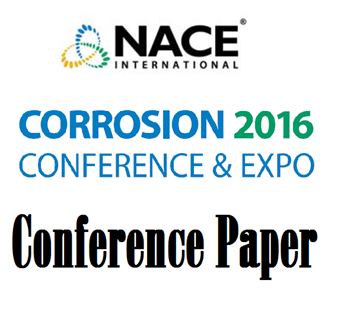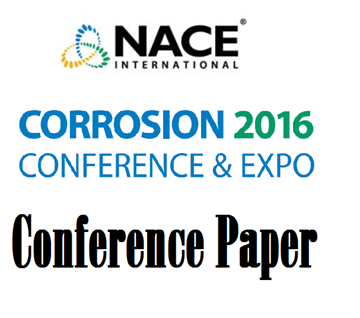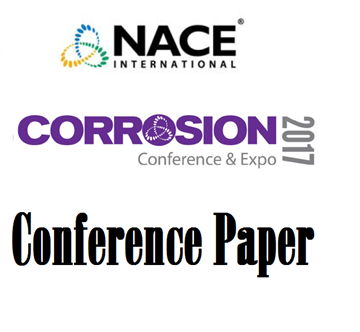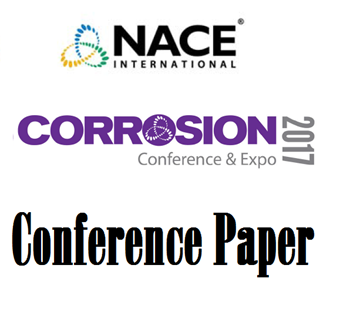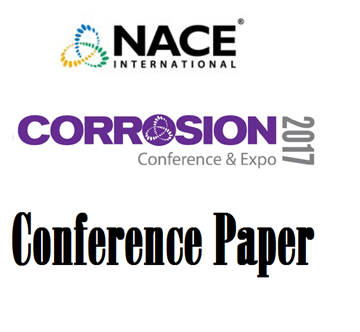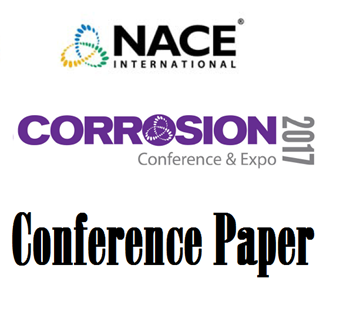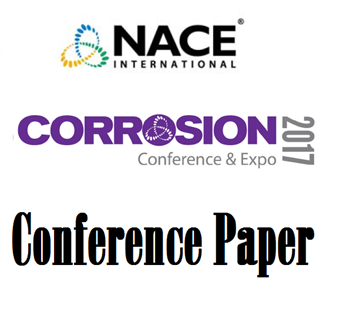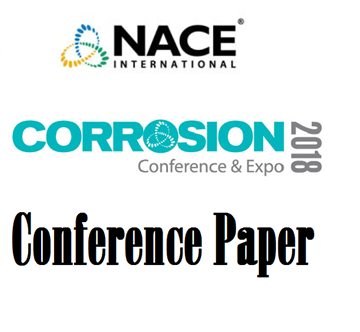Search
Products tagged with 'stainless steel'
View as
Sort by
Display
per page
51316-7109-Marine Crevice Corrosion Of Stainless Steel Alloys Under Biofilmed And Sterile Conditions
Product Number:
51316-7109-SG
ISBN:
7109 2016 CP
Publication Date:
2016
$20.00
51316-7182-Bovine Serum Albumin Adsorption on AISI 316L And Ti Alloys in Phosphate Buffered Saline Solutions
Product Number:
51316-7182-SG
ISBN:
7182 2016 CP
Publication Date:
2016
$20.00
51317-9187-Hydrogen-Enhanced Stress Corrosion Cracking in Stainless Steel
Product Number:
51317-9187-SG
Publication Date:
2017
$20.00
51317-9396-Assessment of Coupled Multi-Electrode Array Technique for Monitoring Corrosion Performance of a Martensitic Stainless Steel under Salt-fog environments
Product Number:
51317-9396-SG
ISBN:
9396 2017 CP
Publication Date:
2017
$20.00
51317-9472- Characterization of Corrosion Behavior on Additively Manufactured Alloys
Product Number:
51317-9472-SG
ISBN:
9472 2017 CP
Publication Date:
2017
$20.00
51317--9542-Silicon-Based CVD Nanocoatings for Corrosion Resistance and Advanced Surface Properties
Product Number:
51317--9542-SG
ISBN:
9542 2017 CP
Publication Date:
2017
$20.00
51317--9590-Assessment of Aging Mechanisms for Steels in Spent Nuclear Fuel Dry Storage Systems
Product Number:
51317--9590-SG
ISBN:
9590 2017 CP
Publication Date:
2017
$20.00
51317--9645-Sulfide Stress Cracking (SSC) Resistance of AISI 420 Modified (13Cr) Martensitic Stainless Steel Bar
Product Number:
51317--9645-SG
ISBN:
9645 2017 CP
Publication Date:
2017
$20.00
51317--9709-Atmospheric Microbiologically Influenced Corrosion
Product Number:
51317--9709-SG
ISBN:
9709 2017 CP
Publication Date:
2017
$20.00
51317--9711-Review of Recent Developments in Induced AC Current Corrosion Mitigation Design Materials Installation and Monitoring Technologies
Product Number:
51317--9711-SG
ISBN:
9711 2017 CP
Publication Date:
2017
$20.00
51317--9785-Oxidation Kinetics of Cast Alumina-Forming Austenitic Alloys in Steam
Product Number:
51317--9785-SG
ISBN:
9785 2017 CP
Publication Date:
2017
$20.00
51318-10487-Evaluation of Coating Systems to Address Pitting Corrosion of 316 Stainless Steel for Offshore
Product Number:
51318-10487-SG
Publication Date:
2018
$20.00

